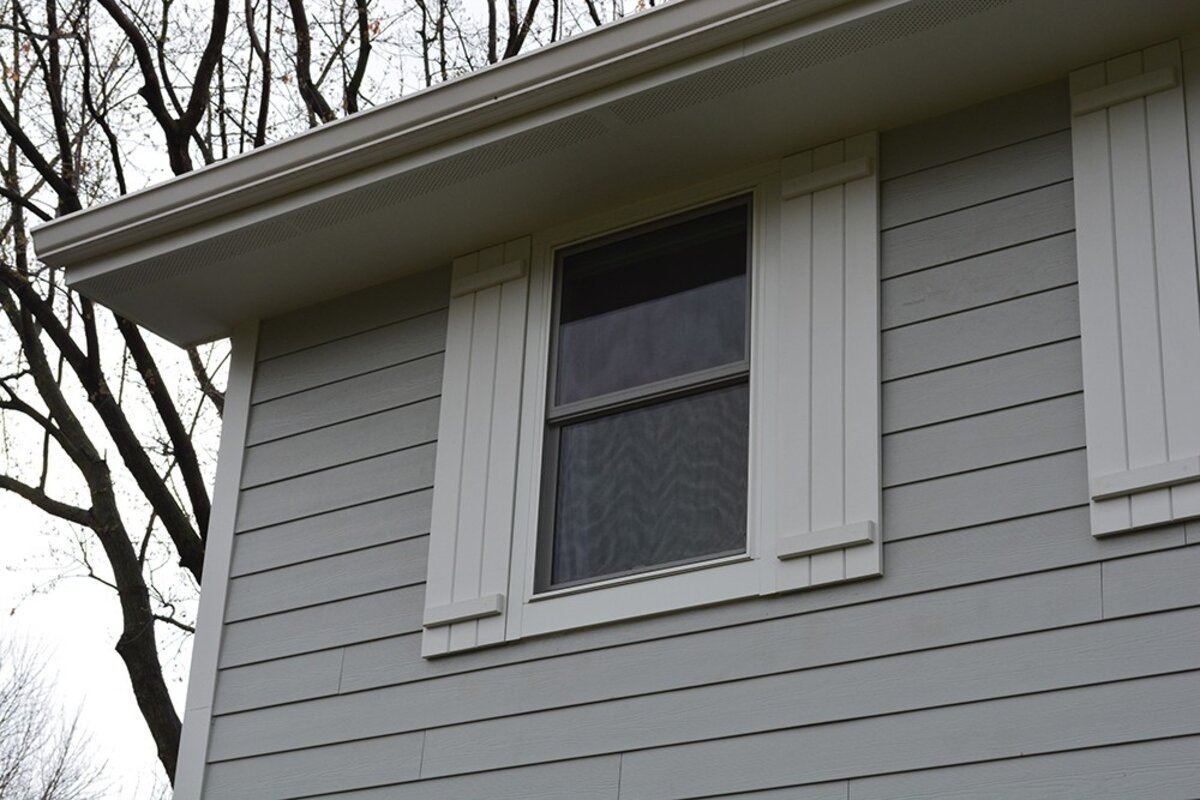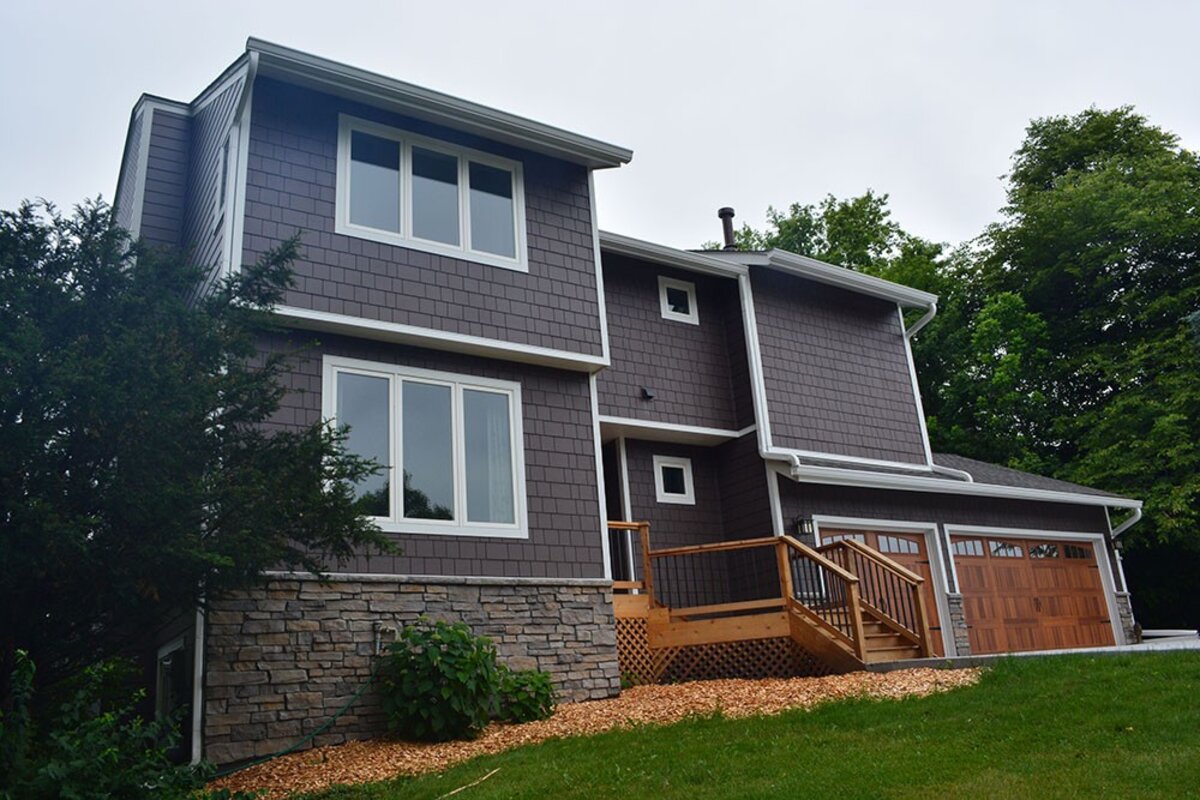A rotted window frame is a common issue in many homes, especially in older buildings or those in damp climates. It can be a source of both aesthetic and functional problems, potentially leading to energy inefficiency and security concerns. Understanding whether to repair or replace a rotted window frame is crucial for maintaining the integrity and appearance of your home.
Identifying the Extent of Damage
Assessing the Severity of Rotted Wood
Before deciding on a window repair or replacement, it’s important to assess the extent of the rot. Minor damage might only affect the surface and can often be repaired. However, if the rot has penetrated deep into the wood, compromising the frame’s structural integrity, replacement might be necessary.
Signs of Repairable vs. Irreparable Damage
Indicators of repairable damage include small, localized areas of soft, discolored wood. On the other hand, extensive or deep rot, which can cause the frame to crumble or sag, usually means the frame needs replacing.
Options for Repairing a Window Frame
DIY Repairs for Minor Damage
For minor rot, DIY repairs can be a cost-effective solution. This typically involves removing the rotted wood, filling the gap with wood filler or epoxy, and repainting or sealing the frame. It’s important to address any moisture issues that may have caused the rot to prevent future damage.
Professional Repairs for More Serious Damage
When the damage is more significant but still repairable, it’s often best to hire a professional. They can perform more complex repairs, such as partial replacement of the frame, ensuring the window’s structural integrity and functionality.
When to Replace the Entire Window Frame
Evaluating the Need for Full Replacement
Sometimes, repairing a rotted window frame is not feasible or cost-effective, especially when the damage is extensive. In these cases, replacing the entire frame, and possibly the window, might be necessary. This option also provides an opportunity to upgrade to more energy-efficient windows.
Considering Long-Term Costs and Benefits
While replacing a window frame can be more expensive upfront, it may be more economical in the long run. New windows can improve energy efficiency, reduce maintenance needs, and enhance the overall value of your home.
Preventive Measures to Avoid Future Rot
Regular Maintenance and Inspection
Regular maintenance, including painting and sealing the wood, can significantly extend the life of a window frame. Annual inspections can help catch and address minor issues before they turn into major problems.
Improving Moisture Management
Since moisture is a primary cause of wood rot, improving drainage and ventilation around windows is essential. Ensure that gutters and downspouts are functioning properly and consider installing window sills with a slope to direct water away from the frame.
Conclusion
Deciding to repair or replace a rotted window frame depends on several factors, including the extent of the damage, cost considerations, and long-term home maintenance plans. Whether you opt for a repair or a full replacement, addressing window frame rot is crucial for maintaining the safety, efficiency, and aesthetic appeal of your home. Early detection and regular maintenance are key to preventing rot, ensuring that your windows remain a beautiful and functional aspect of your home for years to come.
For personalized advice or professional services in addressing window frame issues, feel free to contact us. Our team is committed to providing expert guidance and solutions tailored to your home’s specific needs.




















